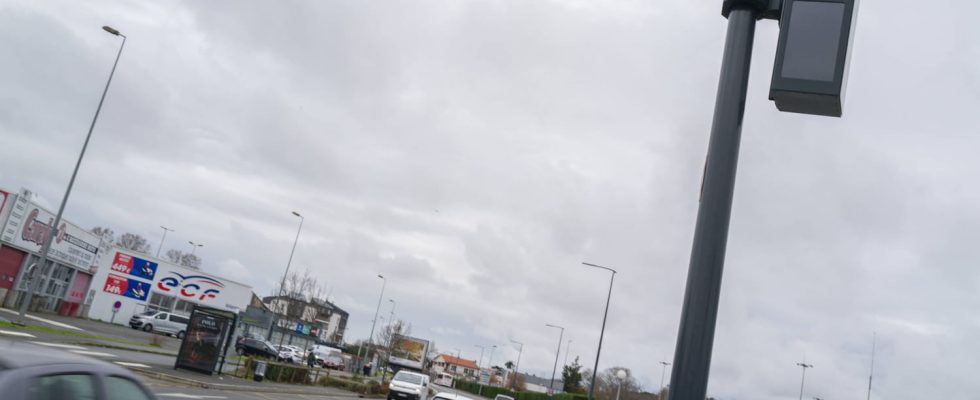Already deployed in several cities in France, urban radars are capable of detecting more than ten offenses.
A little over twenty years ago – on October 27, 2003 – France inaugurated, under the crackle of press photographers, the very first radar, installed on the national road 20 near La Ville-du-Bois (Essonne). Since then, road control tools have been deployed at high speed in France. According to a census carried out recently by Ouest-France, there are today 4,530 people reporting violations by motorists almost everywhere in France. At the time, fixed speed cameras could only record vehicle speeds to penalize drivers exceeding the authorized limits. But in two decades technologies have evolved enormously. The latest, the urban radar, is able to detect around ten offenses.
These new generation radars, under test in certain cities in France for two years, have been approved to flash speeding (in both directions) and crossing red lights. But a decree, published in July 2023, seriously extended the list of offenses, effectively indicating all those that these latest generation radars are capable of identifying. Be careful, the list is long. In addition to speeding and going through a red light, these electronic units can detect:
- wearing a seat belt
- cell phone use
- the use of lanes reserved for certain vehicles
- traffic on the emergency lane
- failure to respect safety distances
- crossing and overlapping continuous lines
- driving in a prohibited direction
- failure to stop at a STOP sign
- lack of insurance
- the sound emission level
- wearing a helmet for motorized vehicles with two, three or four wheels
- vehicle weight limits
So many rules of the Highway Code giving rise to fines and/or withdrawal of points on the driving license in the event of non-compliance. Does this mean that these young radars are already sanctioning these offenses? No. At least, not yet. Tested for two years in Montbéliard, Marseille, Montpellier and Toulouse, these control devices, called ETU (Urban Field Equipment), are taking a little time to be deployed. There were to be 200 in the territory at the end of 2023, as well as 500 cabins serving as decoys. But the government, which has had to work in a fairly tense social context in recent months, has postponed their commissioning until later. The tests are nevertheless continuing in the cities mentioned above and speeding and running red lights give rise to flashing lights but not (yet) to fines.
It is probably a matter of weeks, or more certainly months, before these urban radars, small in size to blend in more easily with the decor, begin to bring in money for the State. And if they were to be approved for the numerous offenses seen above – the question of personal data with photos taken inside vehicles arises in particular – these new radars risk causing misfortune on the roads. And on the wallets of motorists.
